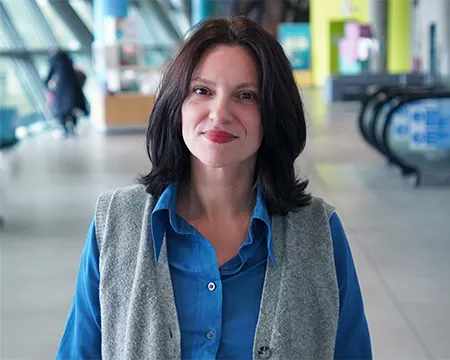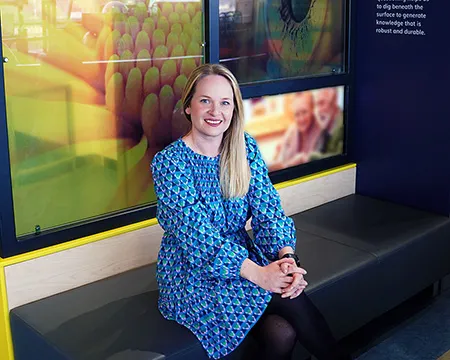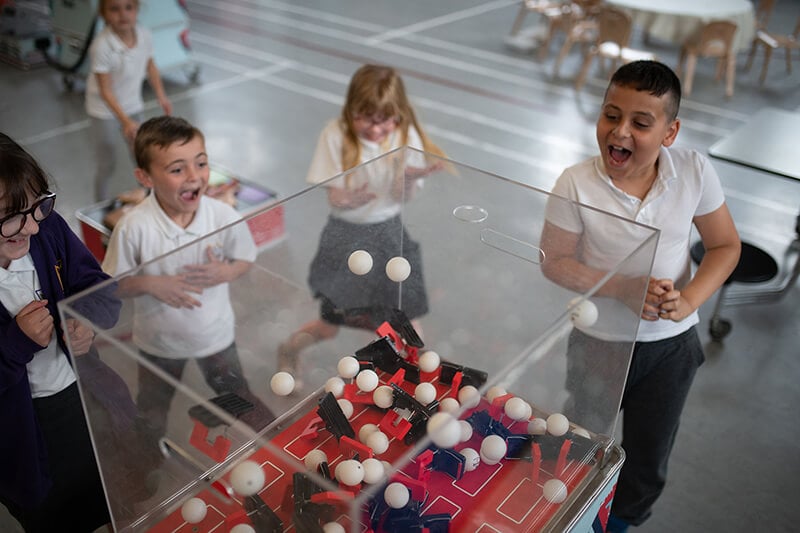The Energy Hierarchy

Energy, where it comes from, and how we use it has always been a key topic of conversation when it comes to our current climate crisis. Whilst more Scotland’s electricity than ever before comes from renewables, moving to a fully sustainable energy system is still going to come with significant challenges. If Scotland is going to reach net-zero emissions by 2045, individuals, industries and policy makers will need to work together to reduce the impact of our energy demands on the planet.
One suggestion for how we could transition to sustainable energy is The Energy Hierarchy. The Energy Hierarchy lists the actions policy makers, industry and consumers need to take when it comes to energy sources and use, in order of most sustainable to least.

PRIORITY 1
Priority 1 looks at changing our own behaviour when it comes to energy, so doing things like lowering your heating at home, turning appliances off completely rather than on standby, making less journeys in the car if not needed, and so on.
PRIORITY 2
Priority 2 is similar as it looks at using less energy, but this step focuses more on relying on technology to make changes, rather than just your behaviour.
So, making gadgets more energy efficient, or making sure your home is well insulated, so you don’t lose as much heat through windows and roofs.
This also extends to larger technology such as power stations; making sure they are efficient in converting energy sources into the useful forms energy that we can use.
PRIORITY 3
Priority 3 looks at increasing our use of low-carbon energy sources, such as wind, solar, hydro and nuclear.
PRIORITY 4
Priority 4 highlights the continued use of fossil fuels as part of our energy mix, with an emphasis on using them in a more sustainable and cleaner way, such as adding Carbon Capture and Storage technology to reduce their impact on the environment and increase efficiency or switching from coal to natural gas as it is the cleanest fossil fuel.
PRIORITY 5
Priority 5 is a business as usual approach, using fossil fuels as we do now while they are available.
This Hierarchy can act as a guide for long term change that focuses on changing habits and behaviour as the highest priority. This can apply on an individual level of energy saving habits at home as well as industries implementing energy saving policies. The Energy Hierarchy places importance on sustainability not just in how our energy is generated but also in how we use it as a resource for our daily lives.
If you would like to learn more about energy and our planet, you can access a wide range of educational resources at ourfuture.energy.
Learn about different methods of energy generation and how it works or test out your energy saving knowledge by taking our everyday energy quiz.





